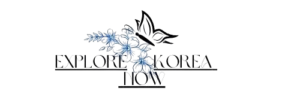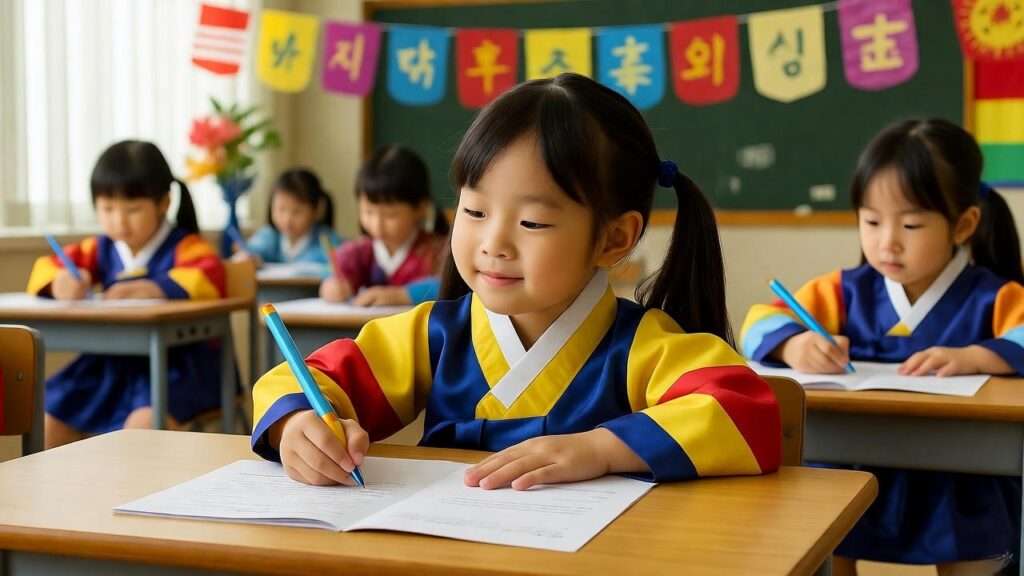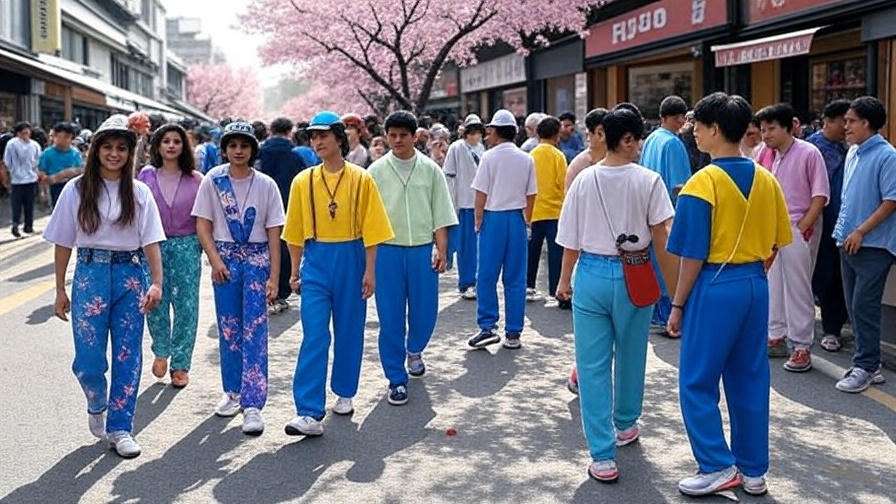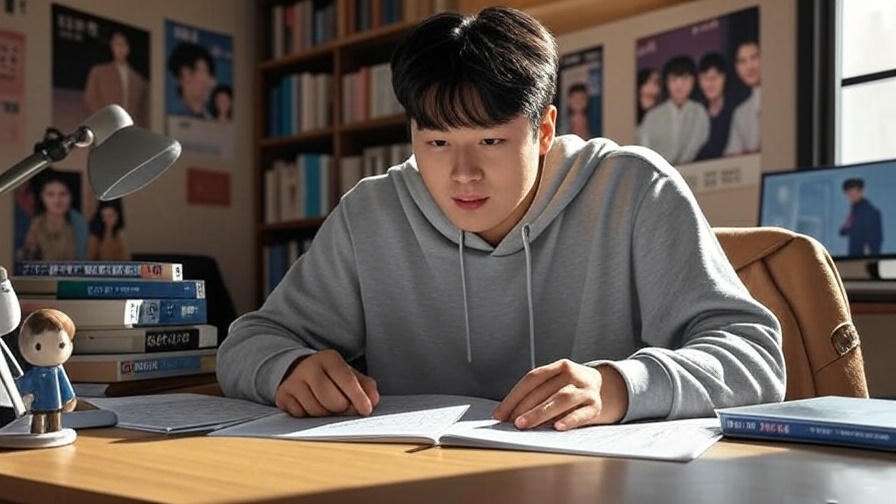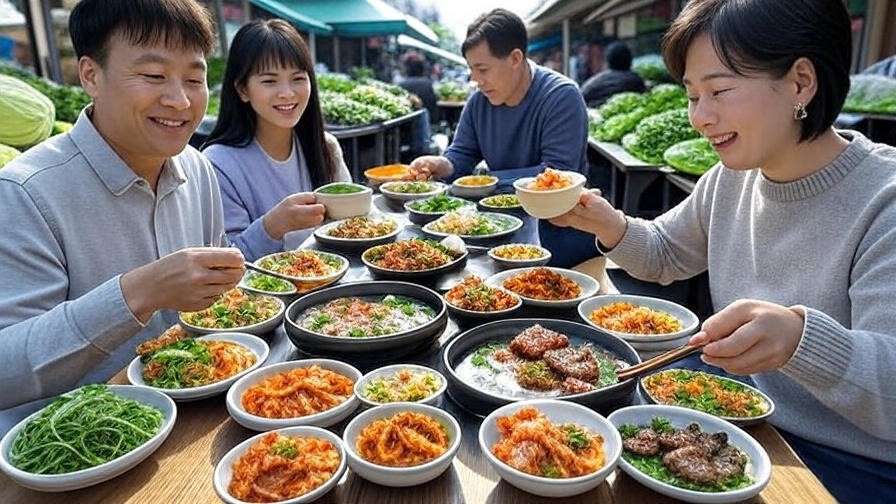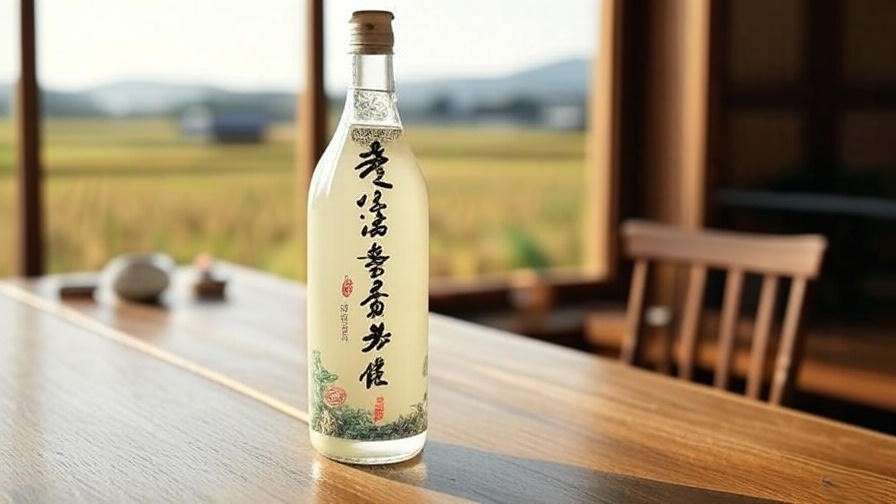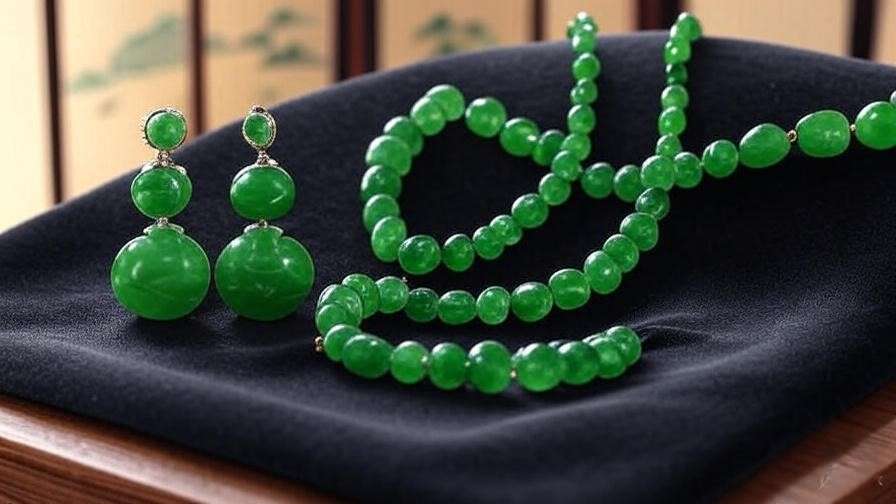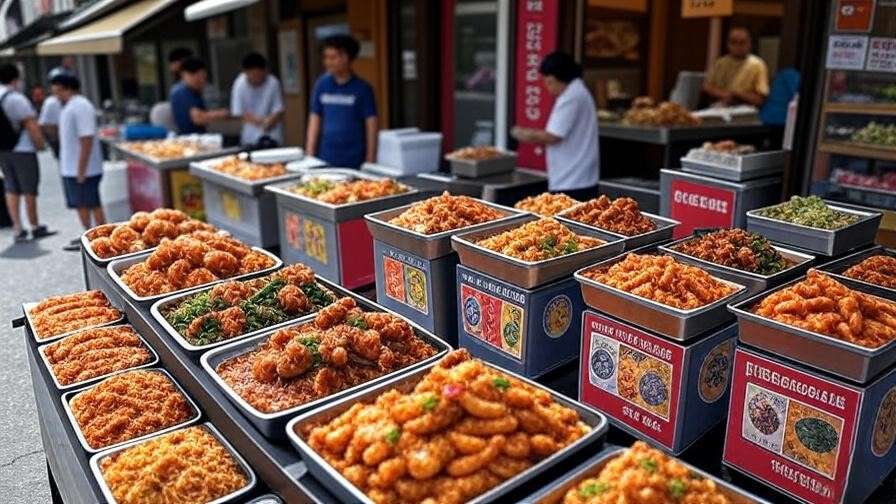Imagine this: You’re a parent searching for a daycare that does more than just keep your child safe—it nurtures their curiosity, introduces them to a vibrant culture, and sets the foundation for a global mindset. With the global rise of Korean culture, from K-dramas to kimchi, a Korean daycare offers a unique opportunity to immerse your child in this dynamic heritage. But how do you choose the right one? Selecting a Korean daycare that aligns with your child’s developmental needs and cultural goals can feel overwhelming. This guide provides seven essential tips to help you find a program that fosters your child’s growth while celebrating Korean traditions, language, and values. As someone who has explored Korean cultural education and consulted with early childhood experts, I’ll walk you through the key factors to ensure your child thrives in a culturally rich environment.
Why Choose a Korean Daycare for Your Child?
The Benefits of Cultural Immersion in Early Childhood
Exposing young children to Korean culture through a daycare program offers profound developmental benefits. Research shows that early cultural immersion enhances cognitive flexibility, problem-solving skills, and emotional intelligence. In a Korean daycare, children learn basic Korean vocabulary, traditional songs, and social customs like bowing or using honorifics, which instill respect and empathy from a young age. For example, a 2023 study from Seoul National University found that bilingual children exposed to cultural contexts before age five showed a 20% improvement in linguistic adaptability compared to monolingual peers. These programs create a foundation for lifelong curiosity and cultural appreciation.
Aligning with the Global Appeal of Korean Culture
The Korean Wave, or Hallyu, has made Korean culture a global phenomenon, with K-pop bands like BTS and dramas like Squid Game captivating audiences worldwide. For Korean diaspora families, a Korean daycare strengthens cultural ties, helping children maintain their heritage. For non-Korean families, it’s an opportunity to introduce children to a new language and traditions, fostering open-mindedness. Take Sarah, a parent in California, who enrolled her daughter in a Korean daycare: “My daughter loves singing Korean nursery rhymes and even taught me how to say ‘thank you’ in Korean!” These programs bridge cultures, making them ideal for diverse families.
Tip 1: Evaluate the Daycare’s Cultural Curriculum
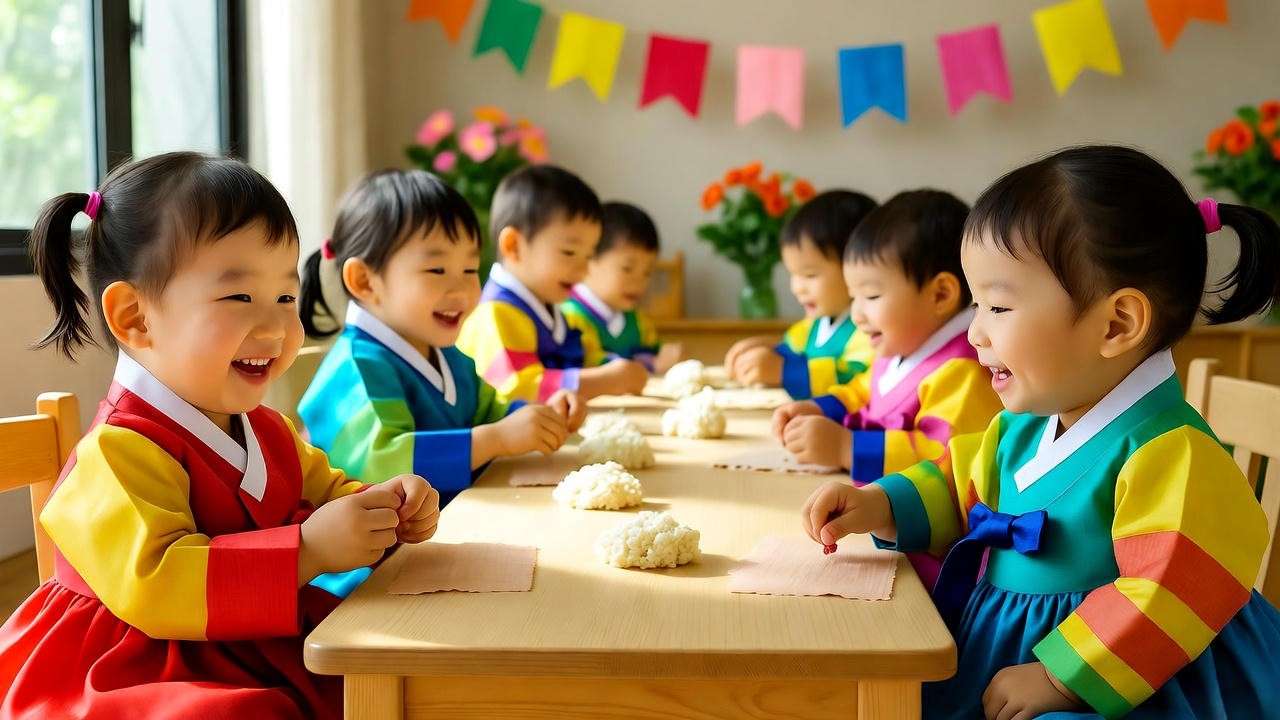 A high-quality Korean daycare should offer a well-rounded curriculum that integrates Korean language, traditions, and arts in an age-appropriate way. Look for programs that balance cultural learning with early childhood education standards.
A high-quality Korean daycare should offer a well-rounded curriculum that integrates Korean language, traditions, and arts in an age-appropriate way. Look for programs that balance cultural learning with early childhood education standards.
Language Learning Opportunities
Language is the gateway to culture. A good Korean daycare incorporates daily language exposure through activities like storytelling, songs, and games. Native-speaking teachers are crucial for authentic pronunciation and cultural context. For instance, children might learn to count in Korean during playtime or sing Arirang, a traditional folk song. Ask about the frequency of language lessons and whether the daycare uses immersive techniques, such as labeling classroom objects in Korean (e.g., “책상” for desk). Programs that encourage bilingualism from an early age set children up for cognitive advantages, as noted by Dr. Kim Soo-hyun, a linguist at Yonsei University, who emphasizes that “early language exposure builds neural pathways for lifelong learning.”
Cultural Activities and Traditions
Beyond language, the daycare should celebrate Korean traditions through hands-on activities. Look for programs that include Lunar New Year (Seollal) celebrations, hanbok dress-up days, or storytelling sessions featuring Korean folktales like The Tiger and the Persimmon. These activities should be engaging and tailored to young learners. For example, a daycare might host a mock Chuseok (Korean Thanksgiving) where children make songpyeon (rice cakes) with playdough. Confirm that these activities are regular, not just one-off events, to ensure consistent cultural exposure.
Expert Insight: Dr. Lee Min-ji, a director at a Seoul-based Korean preschool, notes, “A strong cultural curriculum doesn’t just teach traditions—it weaves them into daily routines, making culture a natural part of a child’s world.”
Tip 2: Check for Qualified and Culturally Competent Staff
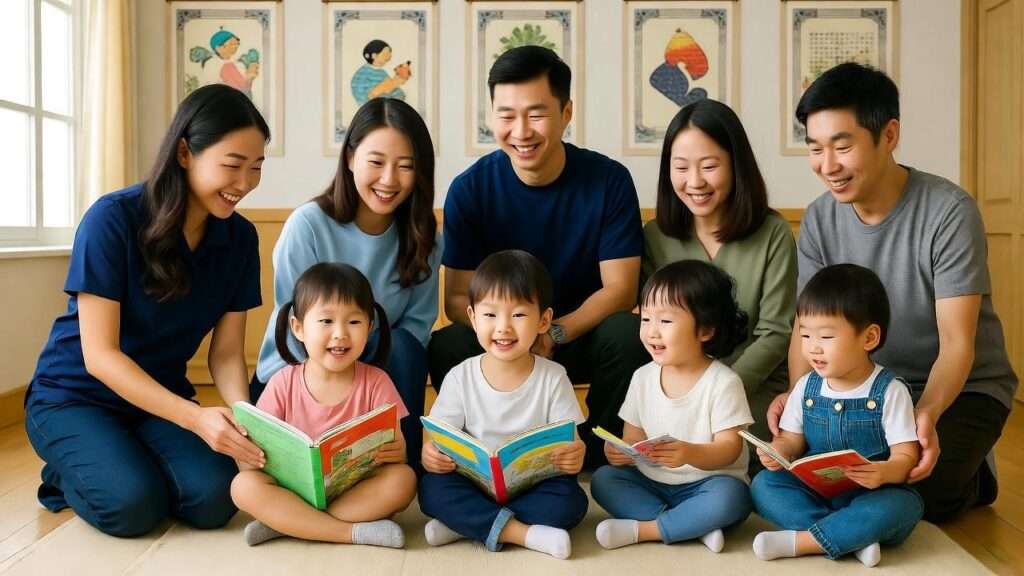 The staff at a Korean daycare are the heart of the program. Their qualifications and cultural competence directly impact your child’s experience.
The staff at a Korean daycare are the heart of the program. Their qualifications and cultural competence directly impact your child’s experience.
Teacher Credentials and Training
Look for educators with certifications in early childhood education and fluency in Korean. Many top Korean daycares employ teachers trained in both Korean and local teaching methodologies, ensuring a balance of cultural and developmental goals. For example, a teacher with a degree in early childhood education and experience in Korean language instruction can effectively integrate cultural lessons. Ask if staff receive ongoing training in cultural sensitivity, especially if the daycare serves diverse families. This ensures they can support children from various backgrounds while maintaining an authentic Korean focus.
Building Trust with Parents
A trustworthy daycare fosters open communication with parents. Look for programs that offer regular updates, such as newsletters or parent-teacher conferences, and encourage parental involvement. Some daycares host Korean culture workshops, teaching parents basic phrases or traditional crafts to reinforce learning at home. For instance, a daycare in Toronto holds monthly “Family Kimchi Days,” where parents and children learn to make simple Korean dishes together. This builds a sense of community and trust.
Tip: When visiting a daycare, ask these questions:
- What are the teachers’ qualifications in early childhood education?
- How do staff handle cultural differences among students?
- Are there opportunities for parents to engage with the program?
Tip 3: Assess the Learning Environment
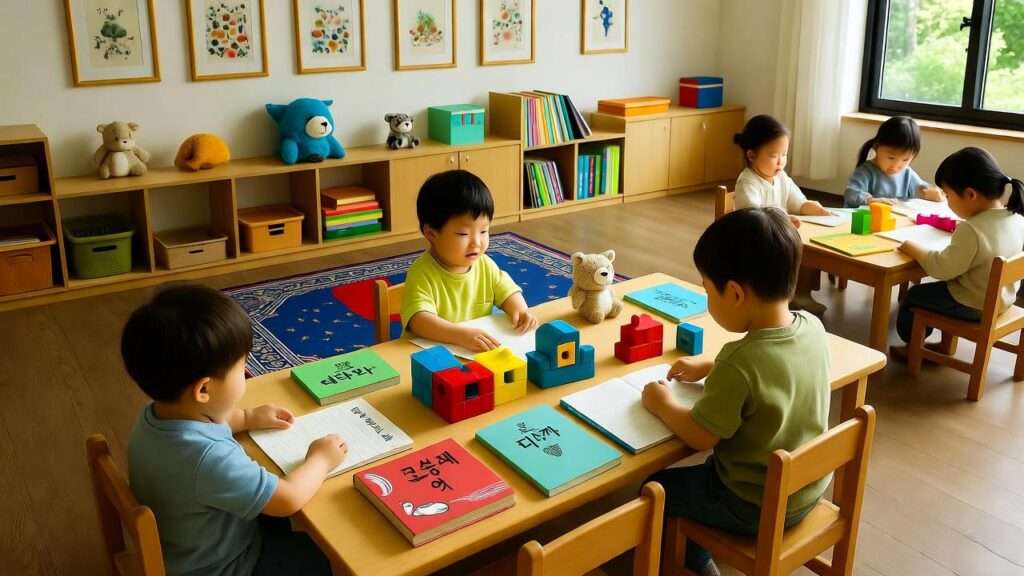 The daycare’s environment should be safe, stimulating, and culturally affirming to support your child’s growth.
The daycare’s environment should be safe, stimulating, and culturally affirming to support your child’s growth.
Safe and Stimulating Spaces
A well-designed Korean daycare incorporates cultural elements into its physical space. Look for classrooms with Korean books, traditional art displays, or music corners with instruments like the gayageum. Safety is paramount—ensure the facility meets local regulations, with secure entrances, age-appropriate toys, and clean spaces. For example, a daycare in Seoul was praised for its “Hangeul Wall,” where children trace Korean letters during playtime, blending learning with fun. Verify that the environment encourages exploration while prioritizing safety.
Fostering a Sense of Belonging
A culturally affirming environment helps children feel valued and confident. Look for daycares that celebrate both Korean and local holidays, creating an inclusive atmosphere. For instance, a daycare might host a “Global Culture Day” where children share their family traditions alongside Korean ones. This approach fosters pride in Korean heritage while embracing diversity. Parent testimonials often highlight how such environments help children form strong cultural identities early on.
Tip 4: Prioritize Language Development Programs
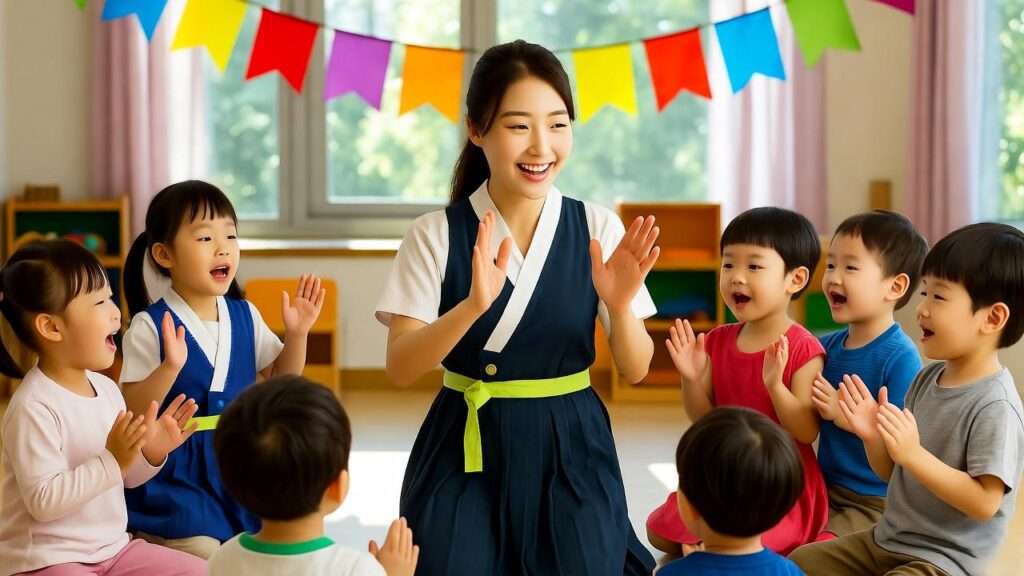 Language development is a cornerstone of a Korean daycare’s value. A strong program supports bilingualism or cultural exposure, even for non-Korean-speaking families.
Language development is a cornerstone of a Korean daycare’s value. A strong program supports bilingualism or cultural exposure, even for non-Korean-speaking families.
Structured Language Activities
Look for daycares that integrate Korean language into daily routines. Activities like singing Twinkle Twinkle Little Star in Korean or reading books like The Very Hungry Caterpillar in dual languages engage young learners. These programs should use interactive methods, such as role-playing or games, to make language learning fun. A 2024 study from the University of California found that children in immersive language programs showed a 15% increase in verbal skills by age four. Ensure the daycare has a structured plan for language progression, from basic words to simple sentences.
Supporting Non-Korean-Speaking Families
For families new to Korean, the daycare should provide resources to support learning at home. Some programs share weekly vocabulary lists or recommend apps like Duolingo Kids for reinforcement. For example, a daycare in New York offers a “Parent’s Korean Phrasebook” with phrases like “잘했어요” (Well done!) to encourage positive reinforcement. This inclusivity ensures all families can participate in their child’s cultural journey.
Expert Insight: Dr. Park Ji-won, a child development specialist, says, “Early bilingual exposure not only boosts language skills but also enhances problem-solving and creativity, giving children a lifelong advantage.”
Tip 5: Look for Community and Parental Involvement
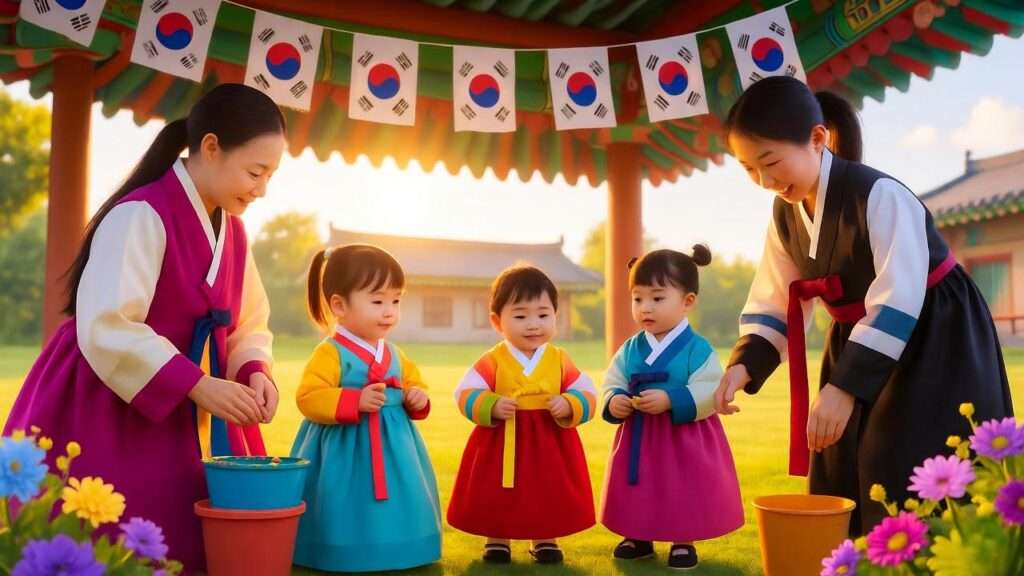 Community is a cornerstone of Korean culture, emphasizing collective support and shared values. A quality Korean daycare should reflect this by fostering strong connections among families and encouraging parental involvement.
Community is a cornerstone of Korean culture, emphasizing collective support and shared values. A quality Korean daycare should reflect this by fostering strong connections among families and encouraging parental involvement.
Parent Engagement Opportunities
Seek daycares that host events to bring parents into the cultural fold. Programs might organize cultural festivals, such as Chuseok celebrations where families make songpyeon or participate in traditional games like yutnori. These events deepen children’s cultural understanding while building a sense of community. For example, a Korean daycare in Los Angeles hosts an annual “Hanbok Fashion Show,” where children and parents showcase traditional attire. Look for programs that offer workshops teaching parents about Korean customs, such as calligraphy or tea ceremonies, to reinforce learning at home.
Building a Cultural Community
A great Korean daycare connects families with the broader Korean community. Some partner with local Korean cultural centers or churches to offer resources like language classes or cultural fairs. This is especially valuable for diaspora families seeking to maintain heritage or non-Korean families eager to explore Hallyu. For instance, a daycare in Sydney collaborates with the Korean Cultural Centre Australia to provide storytelling sessions with Korean authors. Ask if the daycare facilitates these connections, as they enrich your child’s cultural experience and create lasting community ties.
Tip: During a daycare tour, ask:
- What cultural events are planned for the year?
- How does the daycare involve parents in cultural activities?
- Are there partnerships with local Korean organizations?
Tip 6: Ensure Nutritional and Cultural Alignment in Meals
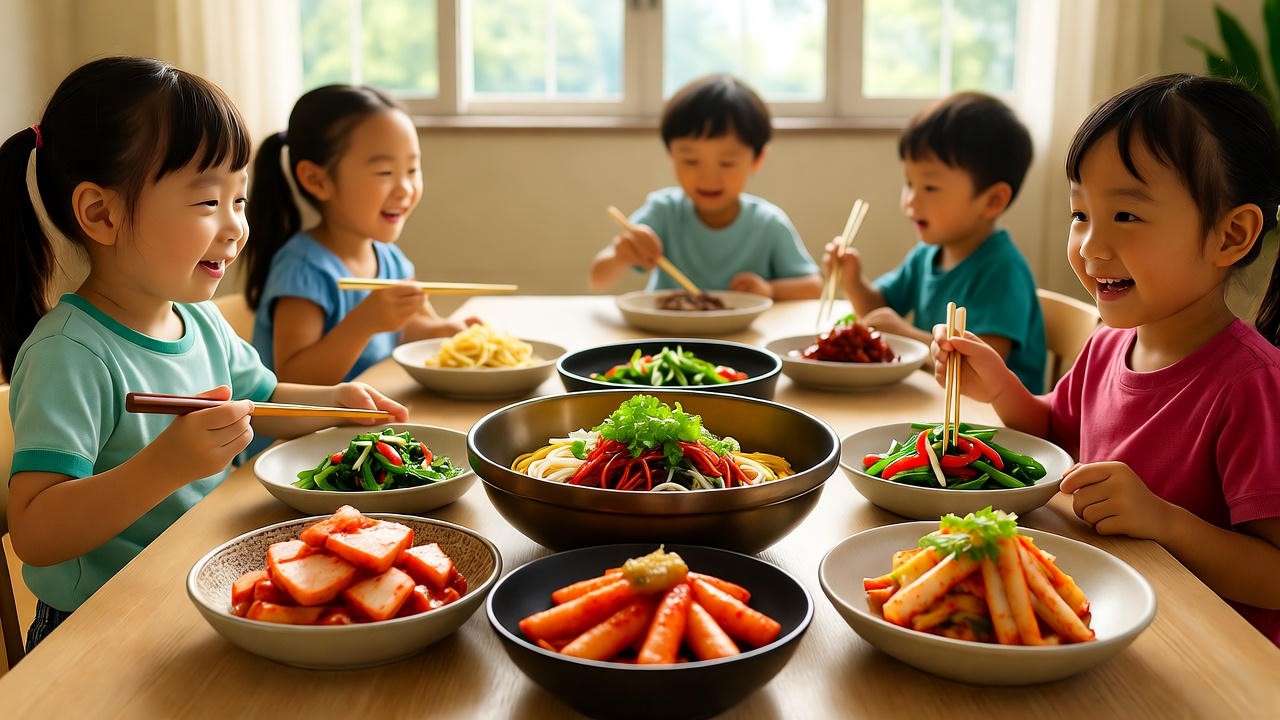 Korean cuisine is a vital part of cultural identity, and meals at a Korean daycare should reflect this while meeting nutritional needs.
Korean cuisine is a vital part of cultural identity, and meals at a Korean daycare should reflect this while meeting nutritional needs.
Korean Cuisine in Daycare Menus
Look for daycares that incorporate traditional Korean dishes, adapted for young children. Meals like bibimbap with mild flavors, tteokbokki with soft rice cakes, or banchan (side dishes) like seaweed or steamed vegetables introduce children to Korean food culture. These dishes are often rich in nutrients, with fermented foods like kimchi supporting gut health, as noted in a 2024 study from Korea University. For example, a daycare in Chicago offers a weekly “Korean Food Day” featuring child-friendly japchae (sweet potato noodles). Confirm that meals are prepared fresh and align with cultural authenticity.
Accommodating Dietary Needs
A quality daycare balances cultural authenticity with dietary inclusivity. Ensure the program can accommodate allergies, vegetarian diets, or religious restrictions while maintaining Korean flavors. For instance, a daycare might offer tofu-based dishes or omit pork for certain families. Ask to see a sample menu and inquire about ingredient sourcing and preparation methods. A transparent daycare will provide detailed information, ensuring parents feel confident about their child’s nutrition.
Visual Element: A sample weekly menu could include:
- Monday: Bibimbap with steamed veggies and egg
- Tuesday: Mild kimchi jjigae with rice
- Wednesday: Tteokbokki with fish cakes
- Thursday: Bulgogi wraps with lettuce
- Friday: Seaweed soup and banchan
Tip 7: Research Reviews and Reputation
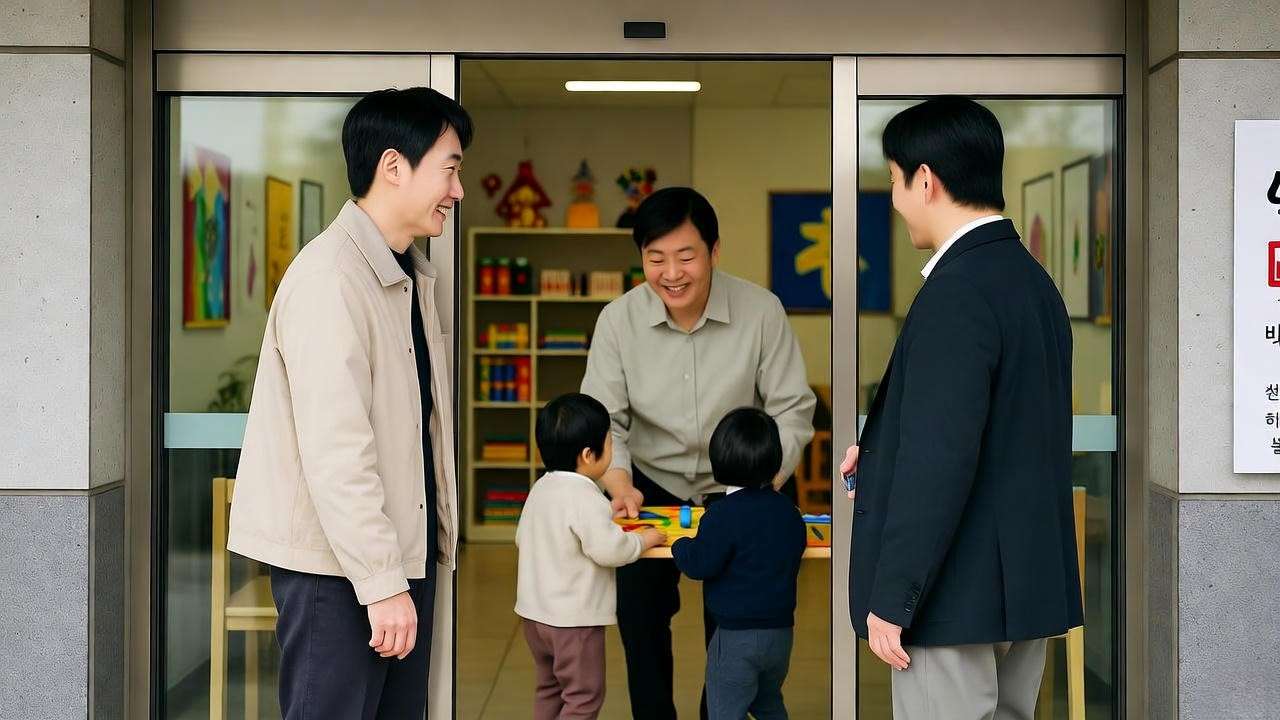 A daycare’s reputation speaks volumes about its quality. Thorough research ensures you choose a program that’s trusted and effective.
A daycare’s reputation speaks volumes about its quality. Thorough research ensures you choose a program that’s trusted and effective.
Checking Online Reviews and Testimonials
Start by exploring reviews on platforms like Google, Yelp, or local parenting forums. Look for consistent praise about cultural programs, staff professionalism, and child engagement. Be wary of red flags, such as frequent staff turnover or complaints about lack of cultural focus. For example, a parent in Seattle praised a Korean daycare for its “warm, family-like atmosphere and daily Korean lessons.” Cross-reference reviews with testimonials on the daycare’s website to gauge authenticity.
Visiting and Asking Questions
A physical tour is essential to assess the daycare’s environment and staff. Observe how teachers interact with children and whether cultural elements are visible in classrooms. Ask targeted questions, such as:
- How do you incorporate Korean culture into daily activities?
- What is the staff-to-child ratio?
- How do you handle conflicts or behavioral challenges?
A reputable daycare will welcome questions and provide clear, confident answers. For instance, a daycare in Vancouver offers guided tours where parents can join a Korean storytime session, giving a firsthand look at the program.
Expert Insight: Parenting expert Dr. Choi Eun-kyung advises, “A daycare’s reputation is built on consistency—look for programs with a track record of cultural excellence and happy families.”
Common Challenges and How to Overcome Them
Choosing a Korean daycare comes with unique considerations. Addressing these proactively ensures a smooth decision-making process.
Balancing Cultural and Local Education
Parents may worry that a focus on Korean culture could overshadow local educational standards. Look for daycares that align with local early childhood guidelines while integrating Korean elements. For example, a daycare might teach math through Korean counting games or literacy via Hangeul stories, ensuring a balanced curriculum. Ask for a syllabus or curriculum overview to confirm this integration. Programs accredited by local education boards are often a safe bet.
Cost and Accessibility
Specialized Korean daycares can be pricier than standard programs due to cultural resources and qualified staff. To manage costs, explore community-sponsored programs or subsidies. Some Korean cultural centers offer scholarships for diaspora families. For instance, a daycare in Atlanta partners with a local Korean church to provide sliding-scale fees. Research online directories like the Korean Cultural Center’s website for affordable options in your area.
Tip: Use this decision-making checklist:
- Does the daycare offer a strong Korean cultural curriculum?
- Are staff qualified and culturally competent?
- Is the environment safe and stimulating?
- Are meals nutritious and culturally aligned?
- Does the daycare have a strong reputation and community ties?
FAQs About Korean Daycares
What age is best to start a child in a Korean daycare?
Children as young as two can benefit from a Korean daycare, as early exposure enhances language acquisition and cultural awareness. However, programs often accept children up to age five, tailoring activities to developmental stages.
Can non-Korean families enroll in a Korean daycare?
Absolutely! Many Korean daycares welcome diverse families, offering inclusive programs that introduce Korean culture while respecting other backgrounds. Ask about support for non-Korean-speaking parents.
How do Korean daycares differ from standard daycares?
Korean daycares emphasize cultural immersion through language, traditions, and cuisine, alongside standard early childhood education. They often employ native Korean speakers and integrate Hallyu-inspired activities.
What should I ask during a Korean daycare tour?
Ask about the cultural curriculum, staff qualifications, safety measures, meal plans, and parental involvement opportunities. Request to observe a class or cultural activity.
Are there online resources for finding Korean daycares?
Yes, check directories from Korean cultural centers, local parenting forums, or websites like the Korean Education Center in America (kecaus.org) for listings.
How can I support my child’s Korean learning at home?
Use apps like Duolingo Kids, watch Korean children’s shows like Pororo, or practice simple phrases provided by the daycare. Attend cultural events to reinforce learning.
What if my child struggles with Korean language activities?
Quality daycares adapt to each child’s pace, using play-based methods to ease them into language learning. Discuss concerns with teachers to create a tailored plan.
Choosing the right Korean daycare is a meaningful step toward nurturing your child’s cultural growth and overall development. By evaluating the cultural curriculum, staff qualifications, learning environment, language programs, community involvement, meal plans, and reputation, you can find a program that aligns with your family’s values and your child’s needs. These seven tips, grounded in expert insights and practical advice, empower you to make an informed decision. As Korean culture continues to captivate the world, a Korean daycare offers your child a unique opportunity to embrace this vibrant heritage. Share your experiences or questions in the comments below, and explore our related articles on Korean culture for more inspiration.
